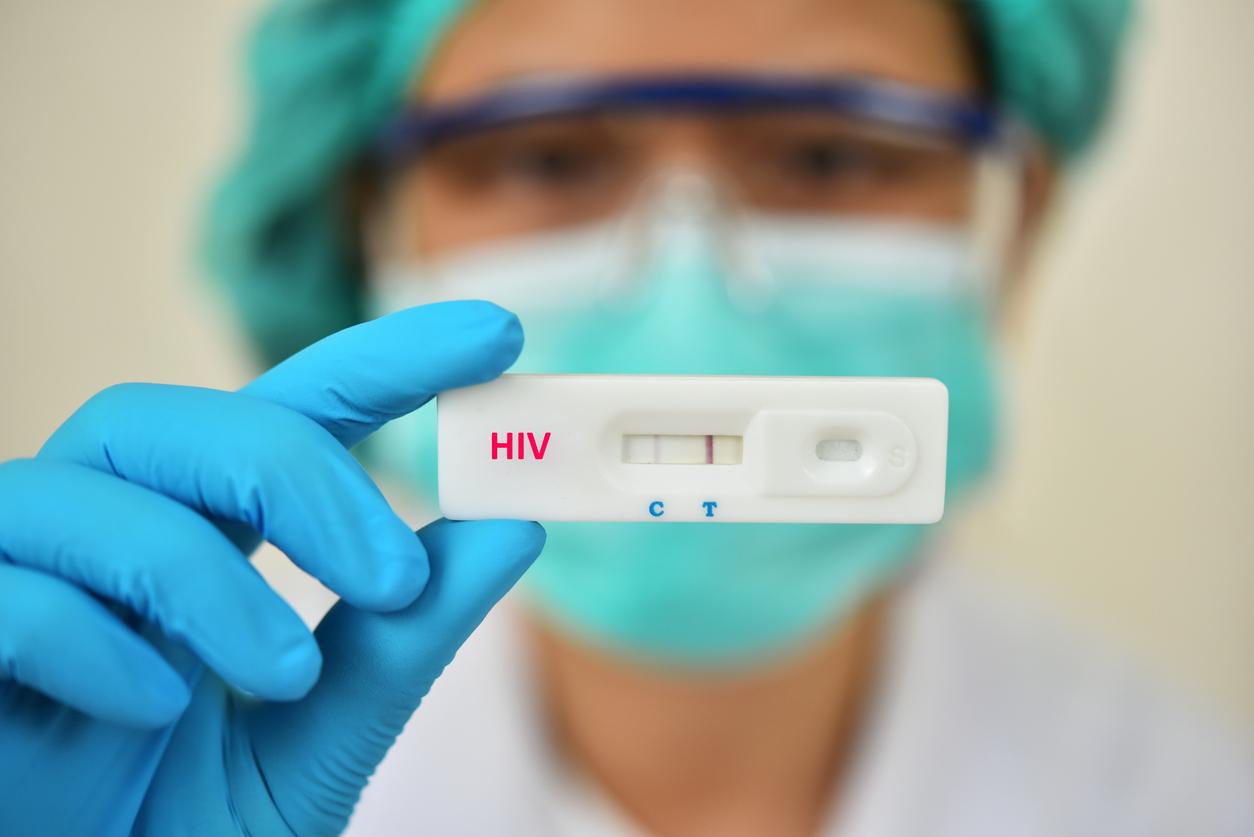
When the acidity in the vagina becomes too low, the yeasts can multiply. This causes irritation and itching.
It reproductive system of the woman consists of the ovaries, fallopian tubes, uterus and vagina. The vagina is a tube of muscle tissue that leads from the outside of the body to the uterus. This hollow tube is warm and humid, making it an ideal breeding environment for microorganisms.
For example, there are bacteria that naturally live in the vagina, called lactobacilli, that coexist peacefully with a yeast fungus called Candida albicans. Under normal circumstances, the lactobacilli ensure that the living environment is acidic, and this keeps the natural yeast content in balance.
However, if the acidity in the vagina decreases, or the number of lactobacilli increases, the yeast fungi start to multiply. The increasing yeast level causes irritation of the vaginal wall, which is associated with mild to severe itch. A white, slightly lumpy discharge may also form, which gives off an unpleasant odor.
Yeast infections can develop after a course of medication that has been used to treat other diseases. This is because the drugs have destroyed the normal vaginal bacteria in addition to the pathogenic bacteria. The environment in the vagina can also change due to different medications, dietary habits, pregnancy and wearing clothes that are too tight, cause moisture or contain certain dyes. Those factors can increase the risk of yeast infection.
Fortunately, freely marketable medicines are available today that can be used to combat this ailment. If the symptoms persist or occur frequently, you should take them to a doctor or health care professional.

















